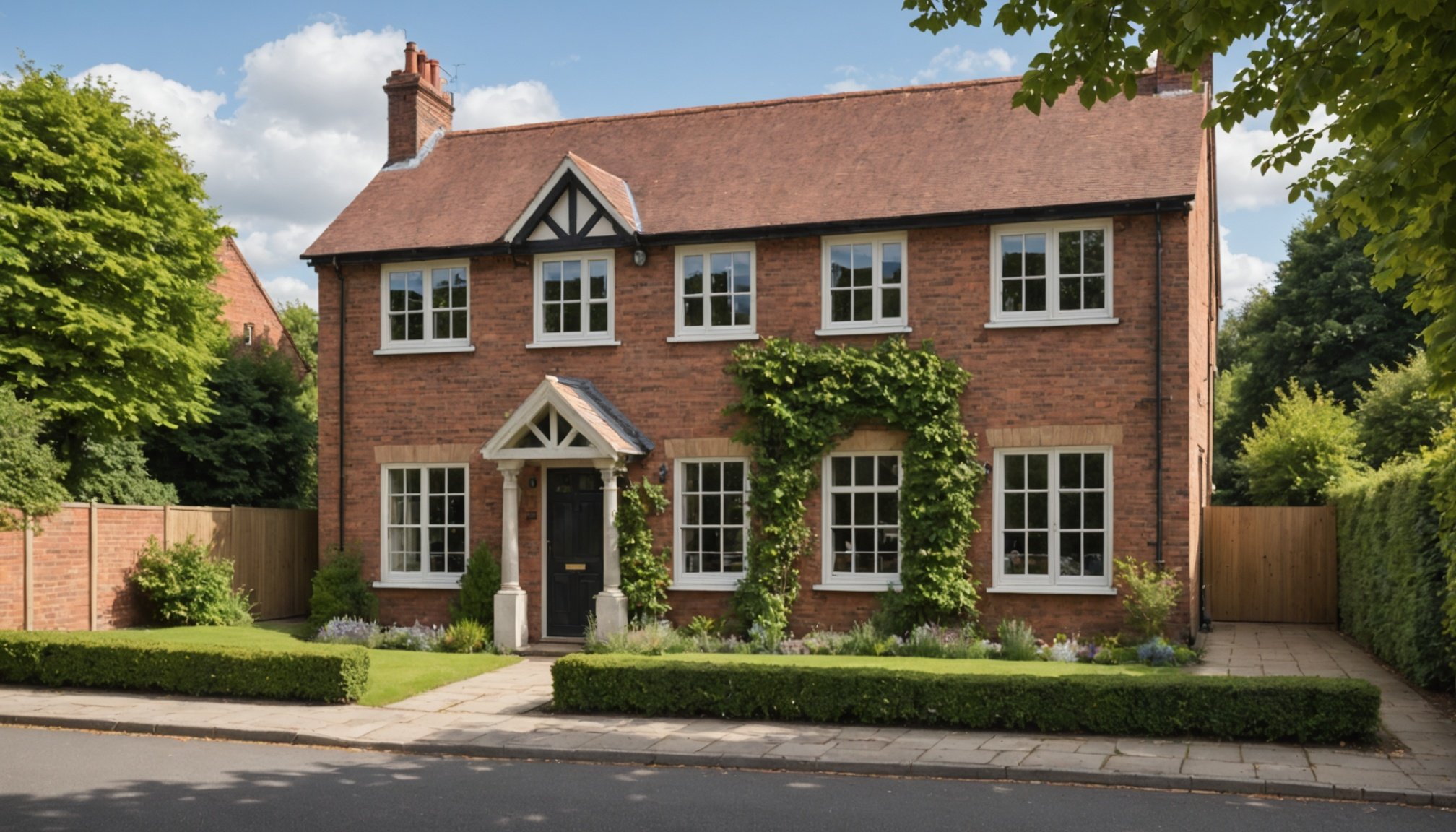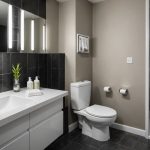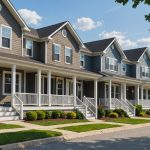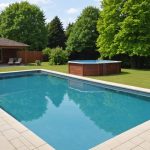Integrating smart home technology into Grade II listed buildings in the UK can seem daunting. Balancing modern conveniences with historical preservation presents challenges but also exciting opportunities. This guide covers practical solutions for incorporating smart devices responsibly, ensuring respect for architectural integrity while enhancing functionality. Whether enhancing security or improving energy efficiency, discover how to seamlessly blend innovation with tradition, enabling your heritage home to thrive in the digital age.
Legal Considerations for Integrating Smart Home Technology
When considering the integration of smart home technology, it's crucial to be aware of the legal regulations involved. For Grade II listed buildings, specific planning permissions are required for any modifications. These permissions ensure that any alterations do not compromise the historical and architectural significance of the structure.
Dans le meme genre : Selecting the Ideal Wallpaper for Your Timeless Victorian UK Bedroom: A Comprehensive Guide
Planning Permissions and Legal Restrictions
Planning permissions are necessary for modifications that affect the character of a listed building. This includes the installation of smart home devices which might alter the building's appearance or structure. The law aims to preserve the building's historical value while allowing for modern conveniences.
For Grade II listed buildings, there are strict legal restrictions on alterations. These buildings are recognised for their special architectural or historic interest, and therefore, any changes must be carefully managed. This includes ensuring that any smart technology installations are sympathetic to the building's character.
Cela peut vous intéresser : How do you choose the right shade of grey for a sophisticated UK living space?
Consultation with Local Conservation Officers
Before implementing any smart home technology, consulting with local conservation officers is paramount. They provide guidance on what modifications are permissible and help navigate the legal regulations. This proactive approach can prevent potential legal issues and ensure that the integration of smart technology respects the heritage of the building.
Technical Guidelines for Smart Home Integration
When integrating smart home technology, understanding the technical considerations is essential to ensure a seamless installation process.
Assessing Structural Integrity Before Installation
Before proceeding, it is vital to assess the structural integrity of the building. This involves evaluating whether the installation of smart devices could potentially compromise the building's stability. For Grade II listed buildings, this assessment is even more critical due to their historical significance. Consulting with experts can provide insights into any potential risks and necessary precautions.
Compatibility of Smart Home Technology with Historical Materials
The compatibility of smart home technology with existing historical materials is another crucial factor. Some modern devices may not be suitable for older materials, possibly causing damage or requiring intrusive installation methods. Choosing technology that complements the building's materials can prevent any adverse effects and maintain the structure's integrity.
Best Practices for Minimizing Visual Impact During Installation
To preserve the aesthetic value, it is important to adopt best practices that minimise visual impact. This can include discreet placement of devices or using wireless solutions that require minimal alterations. By focusing on these aspects, homeowners can enjoy the benefits of smart technology while respecting the building's historical character.
Suitable Smart Home Technologies for Historic Properties
Integrating smart home devices into historic properties requires careful selection to maintain the building's aesthetic and architectural integrity. When considering technology recommendations, it is essential to focus on solutions that blend seamlessly with the environment.
Recommended Smart Devices
Some smart devices are designed to be unobtrusive, making them ideal for historic settings. For instance, smart thermostats can be installed with minimal visual impact while offering modern convenience. Additionally, smart lighting systems that use existing fixtures can enhance energy efficiency without altering the building's appearance.
Energy-Efficient Technologies
Energy efficiency is a priority, especially in Grade II listed buildings where preservation is key. Devices like smart plugs and energy monitoring systems can significantly reduce energy consumption. These technologies help maintain the building's character while promoting sustainability.
Discreet Smart Home Solutions
To respect historical aesthetics, consider discreet solutions such as wireless sensors and compact smart hubs. These devices can be hidden or integrated into existing structures, minimising visual disruption. By choosing these options, homeowners can enjoy modern technology benefits without compromising the historical value of their property.
Case Studies of Successful Integrations
Exploring case studies of successful smart home installations in Grade II listed buildings offers valuable insights into best practices. These examples demonstrate innovative approaches that balance modern technology with historical preservation.
One notable case involved the integration of a smart lighting system in a Victorian townhouse. The installation was meticulously planned to ensure minimal visual impact, using wireless technology to avoid intrusive wiring. This approach maintained the building's architectural integrity while providing modern lighting solutions.
Another successful project featured a smart thermostat in a Georgian mansion. By selecting a device that complemented the existing decor and required minimal structural changes, the installation preserved the historical character. This case highlights the importance of choosing technology that aligns with the building's aesthetics.
Key lessons from these successful installations include:
- Prioritising non-invasive methods to protect historical materials.
- Collaborating with conservation experts to ensure compliance with regulations.
- Adopting technologies that offer both functionality and discretion.
These best practices showcase how thoughtful design and careful planning can achieve seamless smart home integrations in historic properties. By learning from these examples, homeowners can confidently embrace modern conveniences without compromising their property's unique heritage.
Installation Tips and Expert Advice
When it comes to integrating smart home technology in historic properties, following expert insights and installation tips can ensure a successful outcome.
Step-by-Step Installation Process
Start by evaluating the building's structure to identify suitable locations for smart devices. Use non-invasive methods, such as wireless solutions, to avoid damaging historical materials. Experts recommend testing the compatibility of devices with existing systems to ensure seamless integration.
Insights from Experts
Professionals in conservation and smart technology stress the importance of professional recommendations. Collaborating with conservation officers can provide guidance on permissible modifications. Additionally, seeking advice from smart home specialists can help in selecting technologies that align with the building's aesthetics and functionality.
Common Pitfalls to Avoid
Avoid rushing the installation process without thorough planning. One common mistake is neglecting to assess the building's structural integrity, which can lead to complications. Another pitfall is choosing technology that requires excessive alterations, compromising the building's historical character. By heeding these expert insights, homeowners can navigate potential challenges and ensure a harmonious blend of modern convenience and historical preservation.
Sustainability and Ongoing Maintenance
Incorporating smart home technology into historic properties demands a focus on sustainability and diligent maintenance practices. Sustainable practices ensure that the integration of modern conveniences does not compromise the building's historical integrity. This involves selecting energy-efficient devices that align with the building's existing systems.
Ongoing maintenance is crucial for the longevity of smart systems. Regular checks and updates help maintain optimal performance and prevent any potential disruptions. This is especially important in historic contexts, where preserving the building's character is a priority. Adopting a proactive maintenance schedule can mitigate issues before they escalate, ensuring the technology remains functional and sustainable.
Energy management plays a pivotal role in sustainable smart home integration. Implementing strategies such as smart energy monitoring and automated systems can significantly reduce energy consumption. These technologies provide real-time insights into energy use, allowing homeowners to make informed decisions. Additionally, regular system updates ensure compatibility with new advancements, enhancing both efficiency and sustainability.
To achieve effective energy management, consider:
- Smart thermostats for precise temperature control
- Energy-efficient lighting solutions
- Automated systems for optimised energy use
By focusing on these aspects, homeowners can enjoy the benefits of smart technology while upholding the historical and architectural value of their property.











